There can be your advertisement
300x150
Personal Experience: What's Wrong with Marie Kondo's Method?
After studying various approaches to tidying up, Ekaterina Mallykvetz explains why Marie Kondo's method is not very popular in Russia, what is convenient and understandable about Alexandra Kostel's approach, and also gives her professional tips on organizing space.
Ekaterina Mallykvetz — space organization consultant and expert
When Marie Kondo's "The Magical Cleaning" was published several years ago, it undoubtedly became iconic for followers of space organization. But in practice, it turned out to be not so easy to follow KonMari's instructions.
Firstly, the vertical storage method is ideal as long as folded items completely fill the shelf or box. But once you take out a few T-shirts, neat rows collapse, and the model box becomes cluttered.
Secondly, the gratitude ritual before discarding items: "Thank you, Mr. Muscle, for helping clean the toilet, but now I'm throwing you away because the bottle is empty. Thank you, dear skirt from student days: we went through a lot together, but I haven't worn you in many years, so off to the charity box." These words sound strange and too far removed from my habits.
Once you take out a few T-shirts, neat rows collapse, and the model box becomes cluttered.
Who is Marie Kondo? The well-known space organization consultant, Japanese Marie Kondo, became a guru for millions of women after her 2014 book "The Magical Cleaning: The Japanese Art of Tidying Up" was published and immediately became a bestseller worldwide. In 2015, Marie Kondo entered the Top-100 most influential people in the world according to Time magazine, and the publisher "Exmo" released her book in Russian.
Marie Kondo teaches to say goodbye to things that evoke negative emotions or no feelings at all. The author promises that with magical cleaning, even lazy and untidy people will tidy up once and for all not only their homes but also their lives.
The philosophy of cleaning by the Kondo method suggests treating things and space respectfully. First of all, you need to sort out items that belong only to you: clothes, accessories, and documents. And only then can you move on to shared items: tools, kitchenware, decorations, and furniture.
Moreover, in practice I have confirmed that people don't always feel like throwing everything away to the smallest detail. Especially books, which are carefully stored and passed down to the next generation. Or dishes — in our traditions it is customary to host guests and serve the table beautifully, so limiting yourself to two plates per family member is not feasible.
Of course, Marie Kondo is right that it's better to live surrounded by only things that bring joy and pleasure. But our homes are much more spacious than Japanese ones, and we can have many more such things.
In our traditions it is customary to host guests and serve the table beautifully, so limiting yourself to two plates per family member is not feasible.
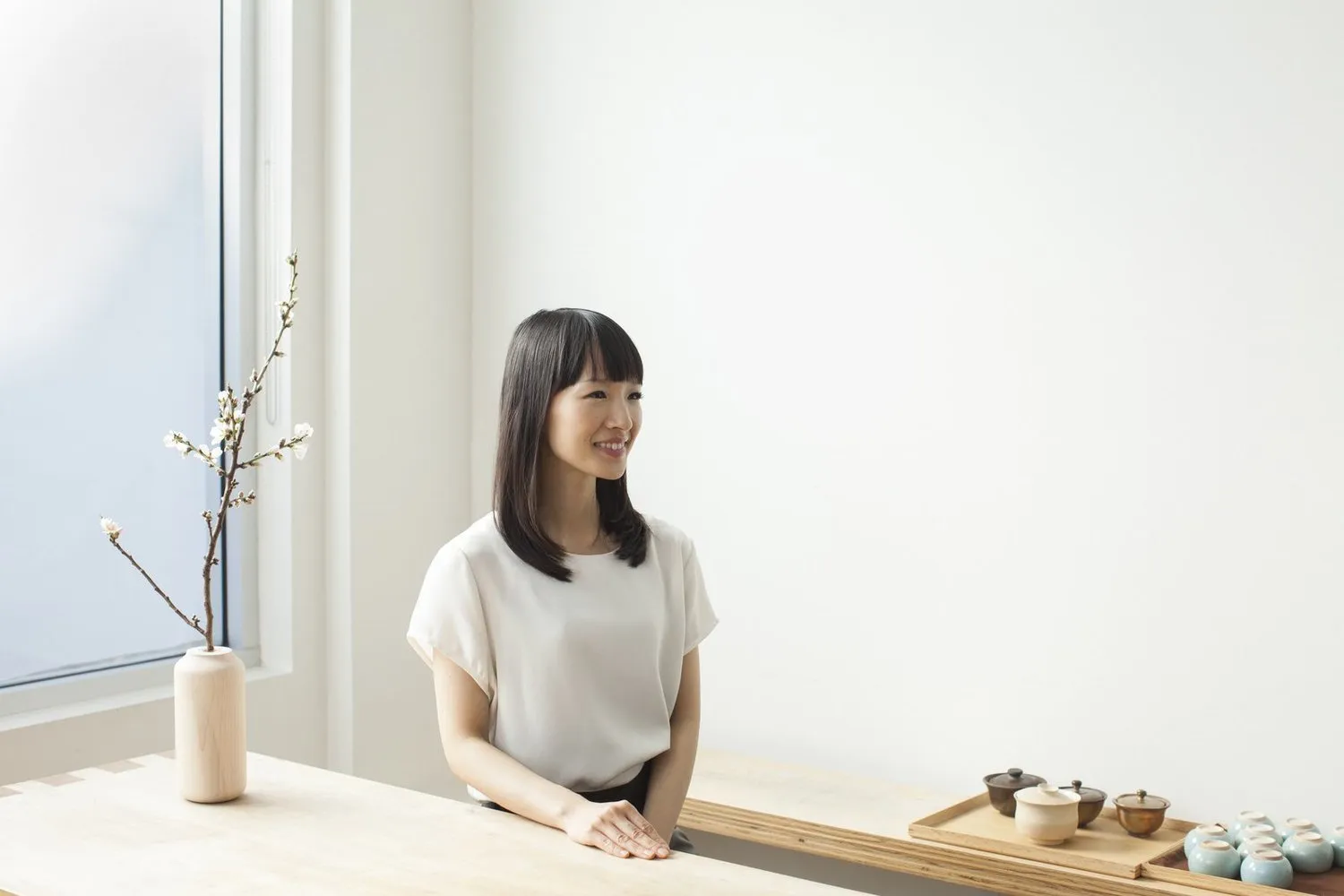
Marie Kondo
After studying various approaches to tidying up, I found a model of home organization that is closer to our culture and allows combining order with material abundance — this is the method of Alexandra Kostel, a space organizer from Virginia.
For her, order is not a value to strive for but a means of a calmer and more organized life where one can focus on personal goals without being distracted by household chores.
The best way to maintain order is not to get rid of things, but to organize them: sorting into boxes and containers that are easy to store, move, and open. In this way, the time spent once on organization compensates many times over for the time spent searching for items.
Order is not a value to strive for but a means of a calmer and more organized life where one can focus on personal goals without being distracted by household chores.
Who is Alexandra Kostel? This woman turned her desire for order into a profession and joyfully shares her experience. In her ideal home, every item, even the smallest and insignificant, always finds its place.
Alexandra maintains order not only in her home but also in her life. She adheres to a strict schedule, starting with cleaning and ending with a specific time for shopping, runs courses on home organization on YouTube. Moreover, Alexandra made it to the list of the five most organized people in all of America.
One of the main principles of this method says: most frequently used items should be within reach, while items used less often, including household and food supplies, should be sent to distant or upper shelves of wardrobes, in less accessible places.
There is no need, says Alexandra, to keep five bottles of shampoo in the bathroom: just keep one and replace it with another when necessary. Another fundamental principle is classification: pens with pens, markers with markers, paper clips with paper clips. To maintain this classification, special containers or dividers should be used that allow distinguishing what should not be mixed.
To make categories easier to identify, labeling is used: each box has a label with the note “Winter Items,” “Laundry,” “Summer Shoes.” This can also be done for shelves in wardrobes.
Most frequently used items should be within reach, while items used less often — sent to distant or upper shelves of wardrobes, in less accessible places.

Alexandra Kostel
I use a comprehensive approach to tidying up in my apartment and in the homes of my clients, and I believe that chaos in the surrounding space provokes chaos in life and in the mind.
Conversely, if you want to bring order into your life, start with the place where you live and work every day. Here are some practical tips:
Imagine the desired lifestyle, get rid of unnecessary items, throw away old, worn-out, broken, and shattered ones; sort items by categories, place each category in containers or boxes and label them; organize storage according to the principle: frequently used items within reach, rarely used ones on distant shelves of the wardrobe; follow order rules: "one new item — minus two old ones" and "every item has its place"; regularly review items, get rid of the unnecessary, donate items to charitable stores.
If you want to bring order into your life, start with the place where you live and work every day.

More articles:
 Guide: 7 Apartments in Pastel Tones
Guide: 7 Apartments in Pastel Tones 4 Reasons Why a Designer Might Reject a Project
4 Reasons Why a Designer Might Reject a Project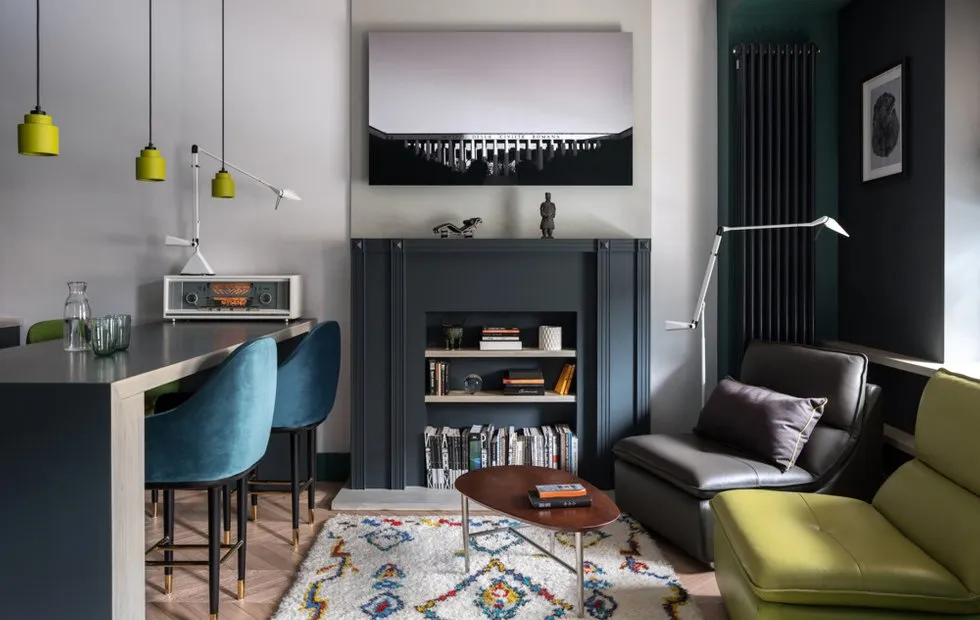 6 Color Solutions for Small Apartments
6 Color Solutions for Small Apartments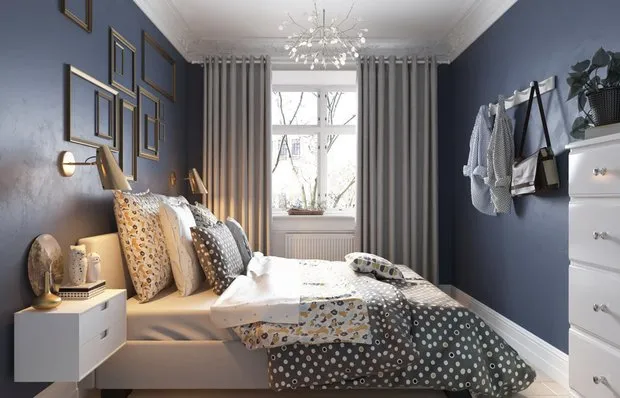 14 Design Hacks That Will Improve Your Interior
14 Design Hacks That Will Improve Your Interior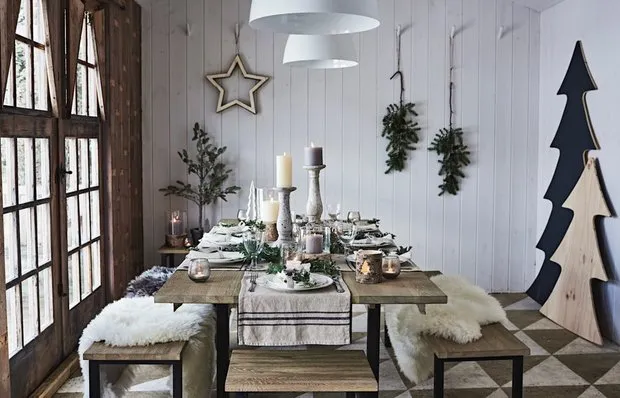 New Year's Wishlist of Designer Elena Ivanova
New Year's Wishlist of Designer Elena Ivanova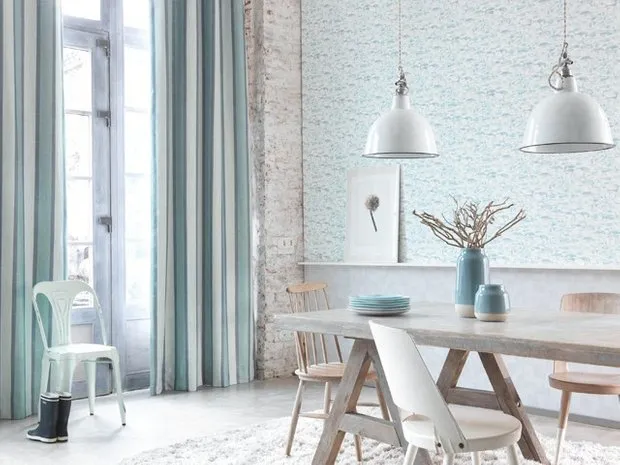 How to Apply Liquid Wallpaper to Walls?
How to Apply Liquid Wallpaper to Walls?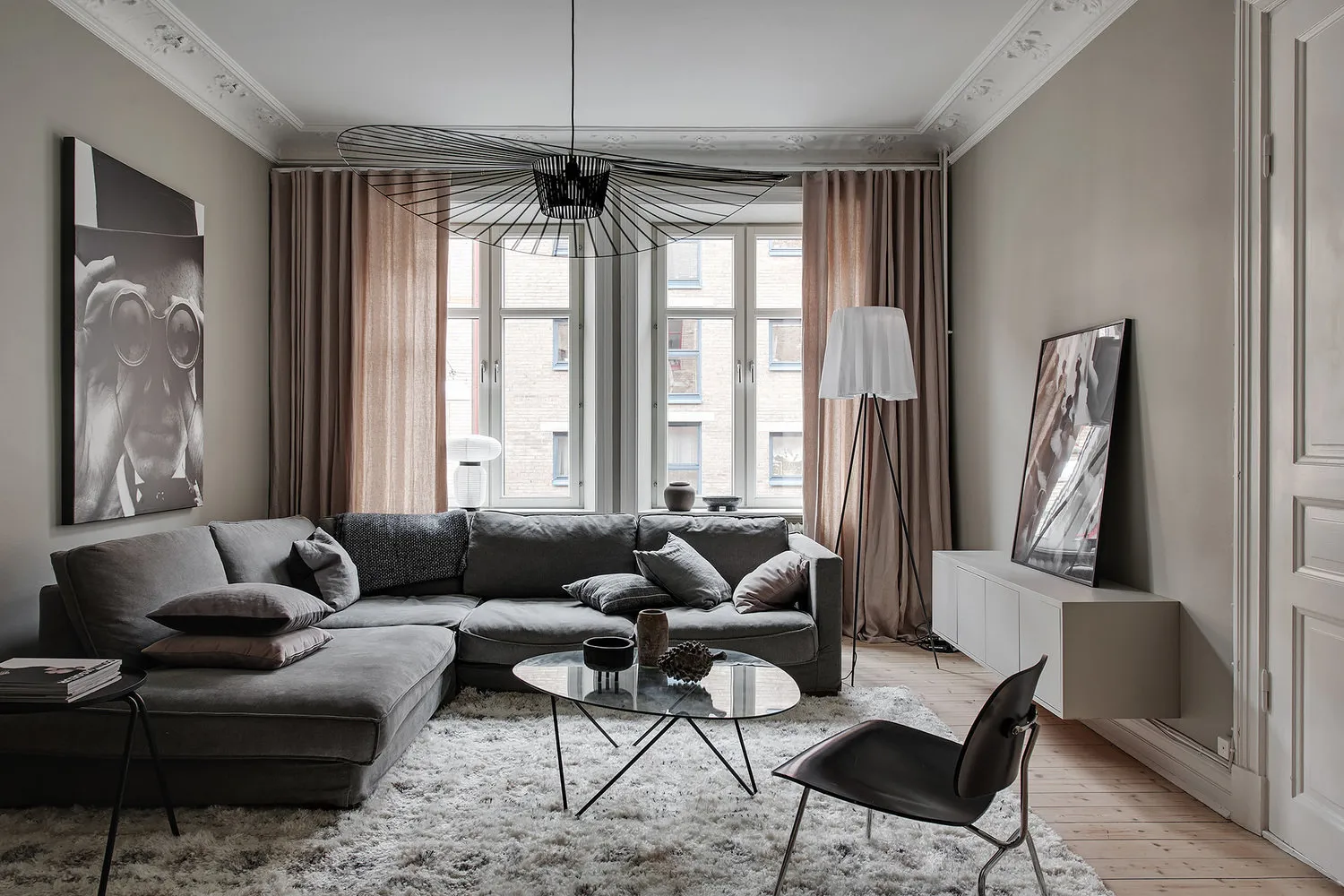 Cozy Studio Apartment in Sweden with Fireplace in Bedroom
Cozy Studio Apartment in Sweden with Fireplace in Bedroom Vintage House in England with IKEA Furniture and Decor
Vintage House in England with IKEA Furniture and Decor